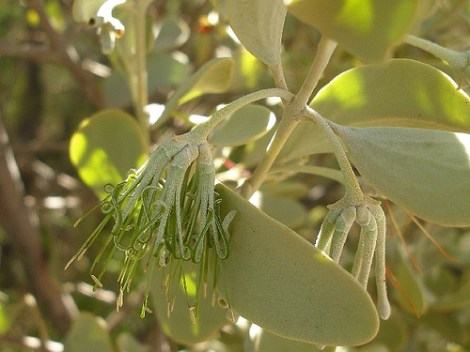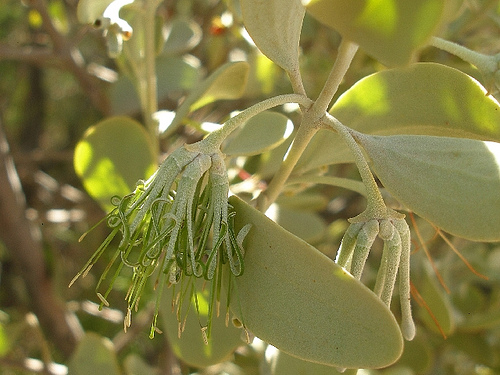
eyeweedI am actually a very important plant OK so respect me.
Everyone knows what mistletoe is. It’s that parasitic plant that people kiss under at Christmas when they get tired of being excited about Jesus being born and just want to get some Christmas ass. But mistletoe would like you to know that it’s good for more than just adolescent smooching pranks. In fact, scientists have discovered that mistletoe is good for the forest, and may actually help them revitalize its environment after a trauma like a forest fire.
Druids used to think mistletoe was magic, because they saw it growing in the winter when nothing else could, but over the years its role in popular opinion has really been reduced to kissing shenanigans. David Watson, an Australian ecologist, is the one who turned things around for mistletoe. “Hey,” he thought, “if mistletoe is just a stupid makeout weed, let’s remove it from the forest and see how it goes.” (We’re paraphrasing.) So he and some of his mistletoe-loving pals took a whole bunch of mistletoe out of a forest and lo and behold — the forest did not like it. More than a third of bird species disappeared, along with some mammals and reptiles.
Not only did animals that feed on mistletoe fare badly, the entire ecosystem suffered from its absence. Apparently, soil-wise, it’s a very nutritious plant. This is because mistletoe is a parasitic plant — which means that whereas most trees drop dead useless leaves to the ground, mistletoe has gotten so fat off the water and nutrients of its host that it can afford to drop leaves that are still laden with nutrition. It’s essentially the Robin Hood of plants — it steals nutrients from those stuck-up trees and delivers them to the critters dwelling below.
Hence, mistletoe is awesome. Next time you make out under some remember that people use to think it was magicalholy. Maybe tell your mistletoe kisser/date that. Chicks love it when you know about the history of plants.


